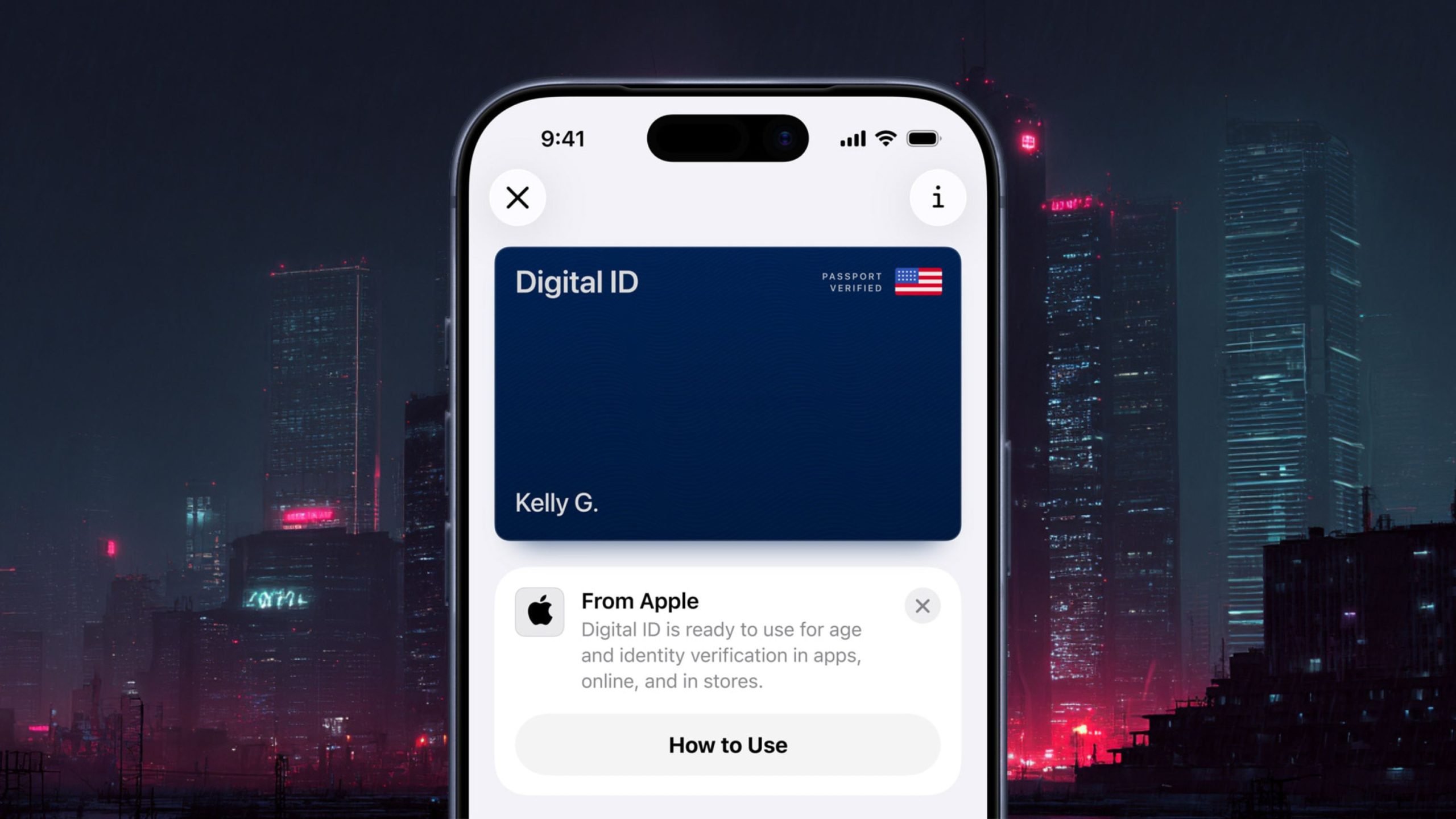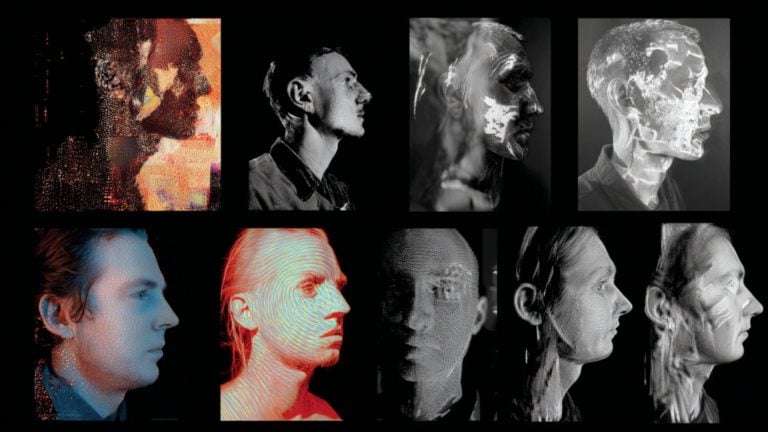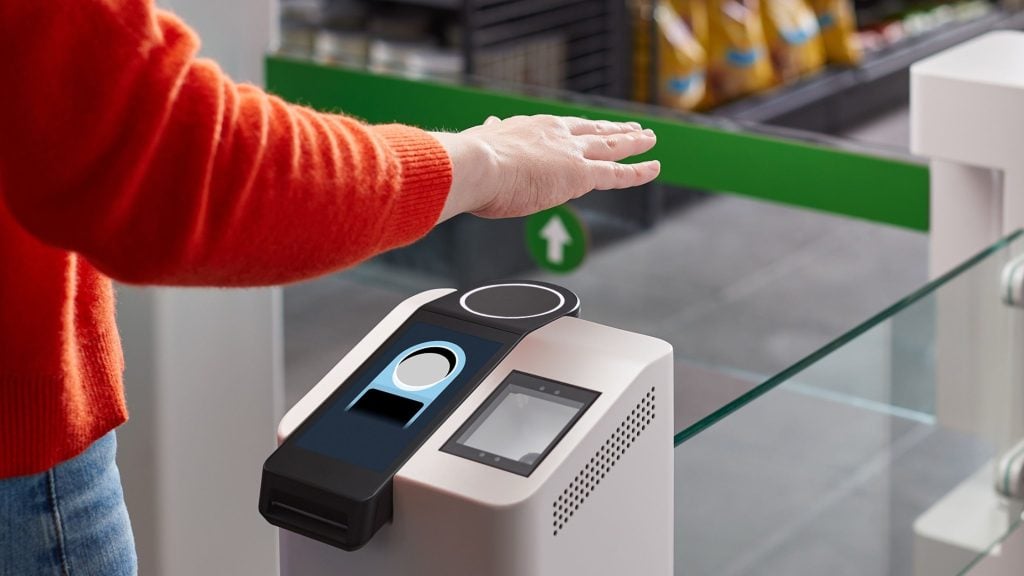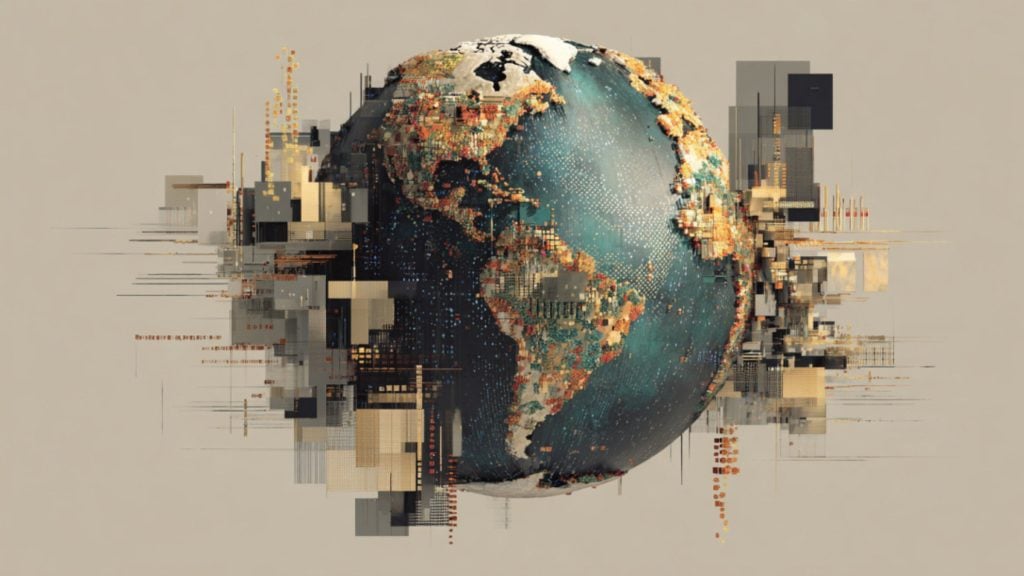Apple has begun testing a new feature that could eventually turn its Wallet app into a central hub for personal identification.
The company introduced Digital ID today, describing it as a way for users to store and present identification directly from their iPhones or Apple Watches.
The rollout is limited for now, with the feature available only in the United States and restricted to domestic air travel.
The Transportation Security Administration (TSA) will begin accepting Digital IDs at over 250 airport checkpoints nationwide.

The enrollment process involves scanning both the passport’s data page and its embedded chip, followed by simple facial movement checks such as closing or turning one’s head.
Beyond airport checkpoints, Apple plans for Digital ID to serve age verification purposes or confirm identity within certain apps and venues.
Apple’s new Digital ID feature is arriving just as governments around the world accelerate plans for national digital identity systems and online verification laws.
The company’s rollout reflects a major move: identity checks are increasingly becoming called for by governments as a prerequisite for access to both physical spaces and digital platforms.
Across Europe, the EU has formalized its plan under the eIDAS 2.0 framework.
This initiative mandates every member state to issue a European Digital Identity Wallet that citizens can use across borders for government and private-sector services.
The European Commission has already adopted the technical standards to make that system operational within the coming years.
In the United Kingdom, Prime Minister Keir Starmer’s government is pressing ahead with its own digital ID agenda.
The new framework is expected to become mandatory for Right to Work checks and other identity verification processes before the end of the current Parliament.
At the same time, the UK’s Online Safety Act introduces strict age verification rules for online platforms, effectively tying access to some forms of content to verified identity credentials.
Australia has already established a national legal structure for digital identification. The Digital ID Act, which took effect in late 2024, created the Australian Government Digital ID System to provide accredited verification services for both public and private entities.
Canada, meanwhile, is planting its own foundations. Provinces such as British Columbia already use digital service cards for online government access, and federal planning documents outline an ambition to expand secure login systems nationwide.
Apple’s Digital ID builds upon its existing “ID in Wallet” program, which already allows residents of Arizona, California, Colorado, Georgia, Hawaii, Iowa, Maryland, Montana, New Mexico, North Dakota, Ohio, West Virginia, and Puerto Rico to store driver’s licenses or state IDs in Wallet.
At the same time, many states are implementing laws requiring ID-based age checks for websites and social media platforms.
Texas, Florida, and Georgia have introduced rules that force adult content providers to verify users’ identities.
South Dakota and Wyoming have taken similar steps, expanding verification obligations to social platforms.
Some companies have responded by blocking access in those states rather than collecting sensitive ID data, but the direction of travel is unmistakable: the internet is being rebuilt around proof of identity.
The societal trend toward mandatory digital ID presentation raises deeper concerns. Digital identity frameworks, whether introduced under the banner of convenience or safety, risk turning everyday interactions into checkpoints where one’s right to move, communicate, or browse depends on credentials issued and monitored by centralized authorities.










